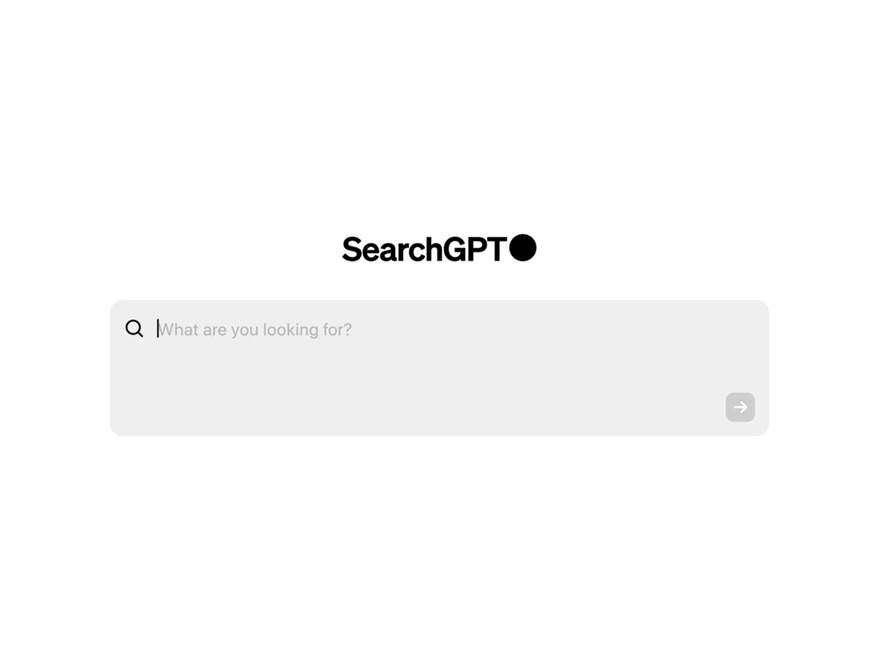The tech cosmos is abuzz with SearchGPT, a force that could challenge the mighty Google Search as the heart and soul of the internet. What is this contender, and how will it reshape your digital habits and the global landscape? We've meticulously compiled the details for you, our cherished reader. Read on to find out.
SearchGPT: Everything you need to know
Who will win the future of search? Who’s guessing?

What is SearchGPT?
SearchGPT is an AI-driven search engine that dishes out real-time info from across the internet, built on the bones of ChatGPT. OpenAI says SearchGPT will offer an intuitive search experience, letting you ask follow-up questions as naturally as if chatting with a buddy – something traditional web searches can't achieve. SearchGPT also marks OpenAI's first significant step towards integrating current online information into its AI models. Previously, unless you used an extension that fed real-time web results into ChatGPT, the model relied on outdated information from its last training data update.
How is it different from Google Search?
The search engine starts with a large textbox that asks, "What are you looking for?" Instead of just returning a plain list of links, SearchGPT organises and makes sense of the results. In one example from OpenAI, the search engine summarises information on music festivals, presenting short descriptions of the events along with attribution links.
In another example, it explains when to plant tomatoes and then breaks down the different varieties of the plant. After the results appear, you can ask follow-up questions or click on the sidebar to open other relevant links. There's also a feature called "visual answers," but OpenAI didn't provide much details on how this works, just yet.
At the same time, Google is also weaving AI into its search results. At Google I/O, the company unveiled AI Overviews as part of its Search Generative Experience (SGE). This feature offers succinct summaries of search results, emphasising key topics and relevant links related to your query.
What is the status right now?
Right now, SearchGPT is still in the “prototype” stage. Built on the GPT-4 model family, this service will be available to just 10,000 test users at the start, as per OpenAI's plan. They’re teaming up with third-party partners and utilising direct content feeds to craft search results. The long-term vision is to embed these search capabilities directly into ChatGPT. Even though it’s a prototype, OpenAI is letting a select few get hands-on experience. Here’s a rundown of what SearchGPT offers and how you can get in on the action.
How to try SearchGPT for yourself?
The SearchGPT prototype is open for testing to anyone with a ChatGPT account. You can create an account using an email and password or by linking an existing Apple, Google, or Microsoft account. Here’s how to get started:
1. Log in to ChatGPT: Visit ChatGPT to sign in or set up your account.
2. Complete the registration: Enter the necessary details.
3. Join the waitlist: Navigate to the SearchGPT landing page and sign up for the waitlist.
4. Wait for access: Keep an eye on your email for an access invitation.
Keep in mind that responses might not be immediate. OpenAI has limited the initial test to 10,000 users, a tiny fraction compared to ChatGPT’s millions. It’s uncertain if this group will be expanded or if there will be multiple testing phases in the future. However, if you're patient, some features from SearchGPT will eventually be incorporated into ChatGPT. The prototype is a temporary setup, but OpenAI aims to integrate the best features into ChatGPT down the line.
What do we think?
To truly assess whether SearchGPT can stand up to Google Search, we’ll need to give it a spin ourselves. However, OpenAI seems to be reimagining what a contemporary search experience could be. Instead of merely finding websites, users often seek the answers buried within them. In this light, SearchGPT could become a valuable tool for swiftly accessing the information you need. But how it turns out, only time will tell or you can just Google it, wink wink!
